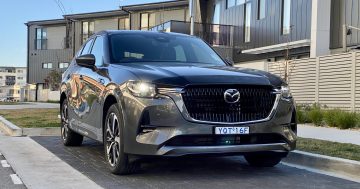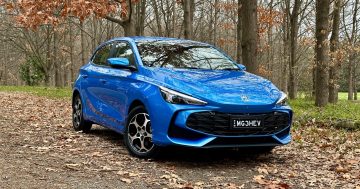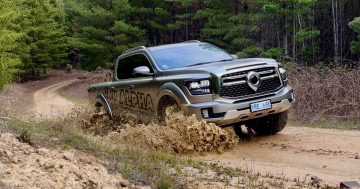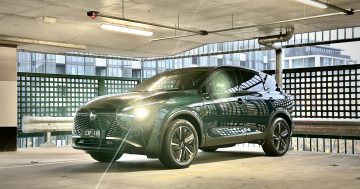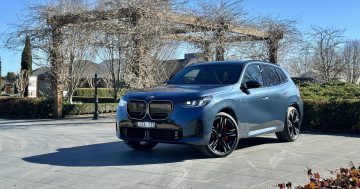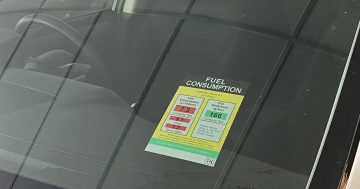Rachel Rasker* looks at whether switching to E10 petrol while prices are high is a good idea.
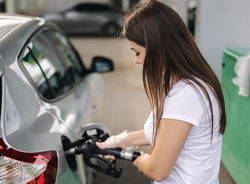 Have you ever been told that E10 is a “dodgy” fuel?
Have you ever been told that E10 is a “dodgy” fuel?
Most common in New South Wales and Queensland, E10 is regular unleaded petrol blended with between 9 per cent and 10 per cent ethanol.
It’s often the cheapest option at petrol stations — and with prices so high, you might be considering making the switch.
Natalie Roberts and Sarah Roberts (who happen to be sisters) are from engineering research group ABMARC, which conducts research and testing on fuels and emissions for the transport industry and consumers.
We asked them to shed some light on E10.
Why does E10 have a bad reputation?
Natalie says E10 fuels were first introduced to the market around 20 years ago.
Back then, a lot of older cars weren’t compatible: “Their engines would get dirty, and when you put the ethanol fuel through, you could create issues.”
Sarah adds that people think the issues from back then have stuck around today.
“You get a lot of historical hang ups,” Sarah says.
“People will go: ‘My dad said don’t use ethanol in the car.
“So I just don’t use it.’
“What they don’t necessarily realise is that he might have been born in the ’40s or ’50s, and there are definitely technology changes over that period.”
Is E10 bad for your car?
These days, E10 shouldn’t be a problem for most cars — Natalie estimates 98 per cent of vehicles made from 2006 onwards are likely to be compatible.
“It’s a more modern fleet,” she says.
“Changes to the technology overall have meant that we have cleaner engines, so what [would’ve been an issue] for a 1980s car isn’t for a 2010 car, for example.”
Additionally, many of our cars now are designed in Asia or Europe, where there’s a large ethanol usage — so they’re designed to use E10.
However, it’s important to check if your car’s model is compatible with E10 — this should be on the inside of your fuel filler flap, or the manufacturer’s website.
Is E10 less efficient?
If you have the choice between E10 and regular unleaded petrol, and the price difference between them is less than 4 cents per litre, you’ll be better off with unleaded.
“Ethanol has a lower energy content than petrol, so generally speaking it provides ‘less bang for your buck’.
“This means that you probably won’t drive quite as far on a tank of E10 as you would on a tank of 91 RON or 95 RON,” Natalie writes.
But with some petrol stations currently advertising a 17-cent gap between E10 and 95 RON — you’d see a huge cost benefit if you went for E10.
In terms of 91 RON vs E10, the comparison is going to be a lot closer.
The NSW government says on average, E10 can lead to an increase in fuel consumption of around 3 per cent when compared to 91 RON.
This has about the same effect on fuel consumption as driving on tyres with inadequate air pressure.
*Rachel Rasker is a reporter at ABC Everyday.
This article first appeared at abc.net.au.



